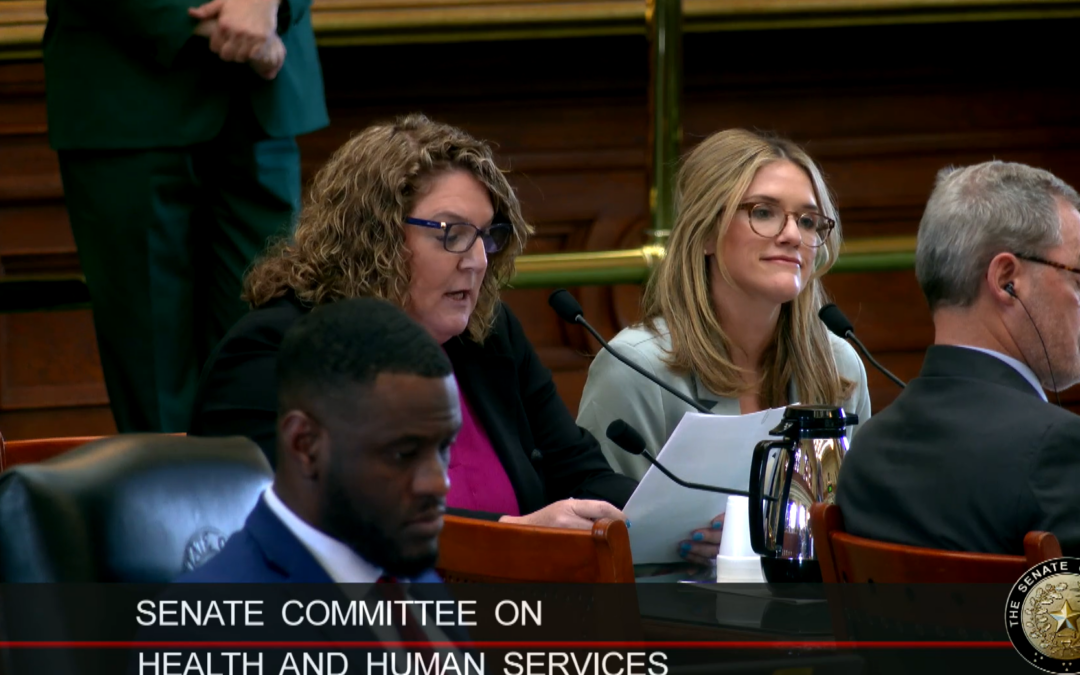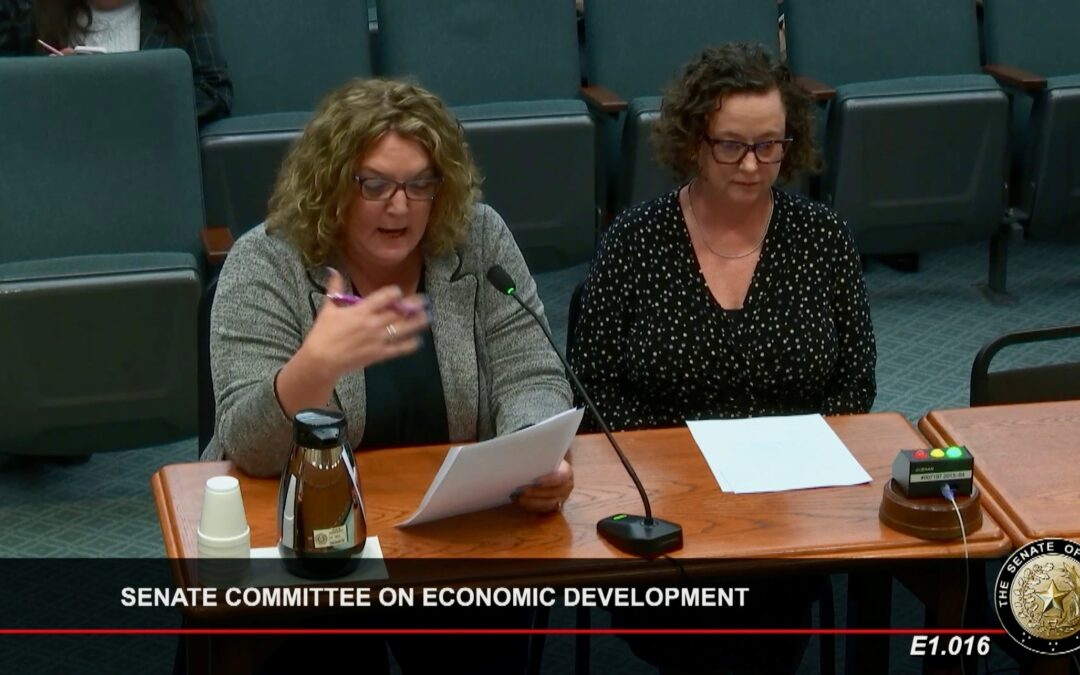
Driving Solutions Across Texas: Fall 2024 Texas Tour Recap
Written by Lyn Lucas, Associate Director, Early Childhood Education, CHILDREN AT RISK
This fall, CHILDREN AT RISK hit the road for our statewide Texas Tour, sparking critical conversations on the future of early childhood education. Over the course of several weeks, we visited communities across the state to share findings from our Paving the Way to Quality report and engage with local leaders, educators, and advocates. The tour culminated in our final stop on November 3rd, wrapping up a season of collaboration and community engagement.
Highlights from the Tour
At each stop, we presented key insights from the Paving the Way to Quality report, which highlights challenges such as child care deserts, workforce shortages, and funding gaps in Texas’ early education system. For instance, the report reveals that over 50% of Texas children under the age of 6 live in child care deserts, and only 7% of child care programs statewide are considered high quality. Additionally, workforce shortages remain a critical issue, with early educators earning an average of just $11.69 per hour, contributing to high turnover rates.
The tour also highlighted how Texas’ $30 billion surplus contrasts sharply with continued underinvestment in child care, leaving many families without affordable, quality care options. Challenges like limited awareness of property tax relief programs, difficulties with the Texas Rising Star (TRS) system, and inadequate reimbursement rates were frequently raised by community members. For example, property tax relief has benefited some child care providers, such as a Dallas-Fort Worth area program whose landlord passed on $300/month in rent savings, yet many providers remain unaware of or unable to access this benefit.
Engaging Conversations
Our tour stops featured roundtable discussions with community leaders, workforce board representatives, and child care professionals. Topics ranged from innovative solutions to combat staffing shortages to strategies for improving professional development for early educators. We also heard firsthand stories from parents and advocates, emphasizing the importance of equitable access to high-quality early learning opportunities for all Texas families.
Communities also discussed barriers related to the TRS centralized assessment system, which aims to standardize quality expectations but is hampered by significant backlogs. These delays affect providers’ ability to participate fully, limiting both their income and families’ access to quality care. Additionally, concerns were raised about the need for more transparent data reporting at the local workforce board level to better understand targeted investments and their impact.
Connecting Communities
In cities like Dallas, Fort Worth, and Lubbock, we connected with diverse groups of leaders dedicated to strengthening the state’s early education infrastructure. These meetings not only amplified local voices but also highlighted regional disparities. For instance, rural areas and the Rio Grande Valley face unique challenges, such as fewer new providers entering the field and lower participation in subsidy programs. Meanwhile, El Paso providers struggle to retain staff due to higher wages offered just across the border in New Mexico.
Looking Ahead
We loved getting to see the varied landscapes and interest points across our state, but mostly, we loved meeting the amazing people in each of the communities and learning from them. The insights gathered during the Texas Tour will inform CHILDREN AT RISK’s advocacy efforts in the upcoming 89th Legislative Session. From addressing Child Care Deserts to expanding access to professional development, raising reimbursement rates, and tailoring support to underserved regions, we are committed to ensuring that every child in Texas has the foundation they need to succeed.
Early Childhood Priorities for the 89th Texas Legislature
Invest in Quality Early Education and Public Education: Ensure All Children Are Ready for School, College and Careers.
Improving Child Care and Pre-K Within Existing Resources:
- Reduce administrative obstacles to develop public-private Pre-K partnerships with a focus on charter schools to expand pre-kindergarten offered by private child care providers.
- Prioritize income eligible child care employees for child care scholarships for their own children.
- Create franchise tax incentives for businesses that support child care for low- income working Texas families.
Address Child Care Deserts, Waiting Lists, and Staffing Shortages:
- Target persistent Child Care Deserts by allowing local workforce boards flexibility to reimburse Texas Rising Star child care providers at the state’s established rates.
- Serve 10,000 more low-income children of already eligible working parents with child care scholarships to help reduce the waitlist and assist more parents to work (estimated cost: $190 million for biennium).
READ MORE FROM C@R

Advocating in Support of SB 599/HB 4127
Kim Kofron, Senior Director of Education with CHILDREN AT RISK, testifies in support of SB 599/ HB 4127 during the March 11, 2025 Texas Senate Health and Human Services Committee Hearing. As the name implies, family home child care is simply an individual Texan...

Spring 2025 | Early Childhood Education Texas Tour
Each Spring, the CHILDREN AT RISK Early Childhood Education team hosts virtual community roundtables in 12 major cities across Texas. During the roundtables, C@R will share new data and analysis regarding the ECE landscape, including Child Care Deserts, as well as...

Sign-On Letter in Support of SB 972/HB 2294
Kim Kofron, Senior Director of Education, testifies in support of SB 972/HB 2294 during the March 17, 2025 Senate Economic Development Committee Hearing. We, the undersigned early childhood professionals, educators, employers, parents, and advocates, urge you to...
Stay up-to-date on the latest from our early childhood team.